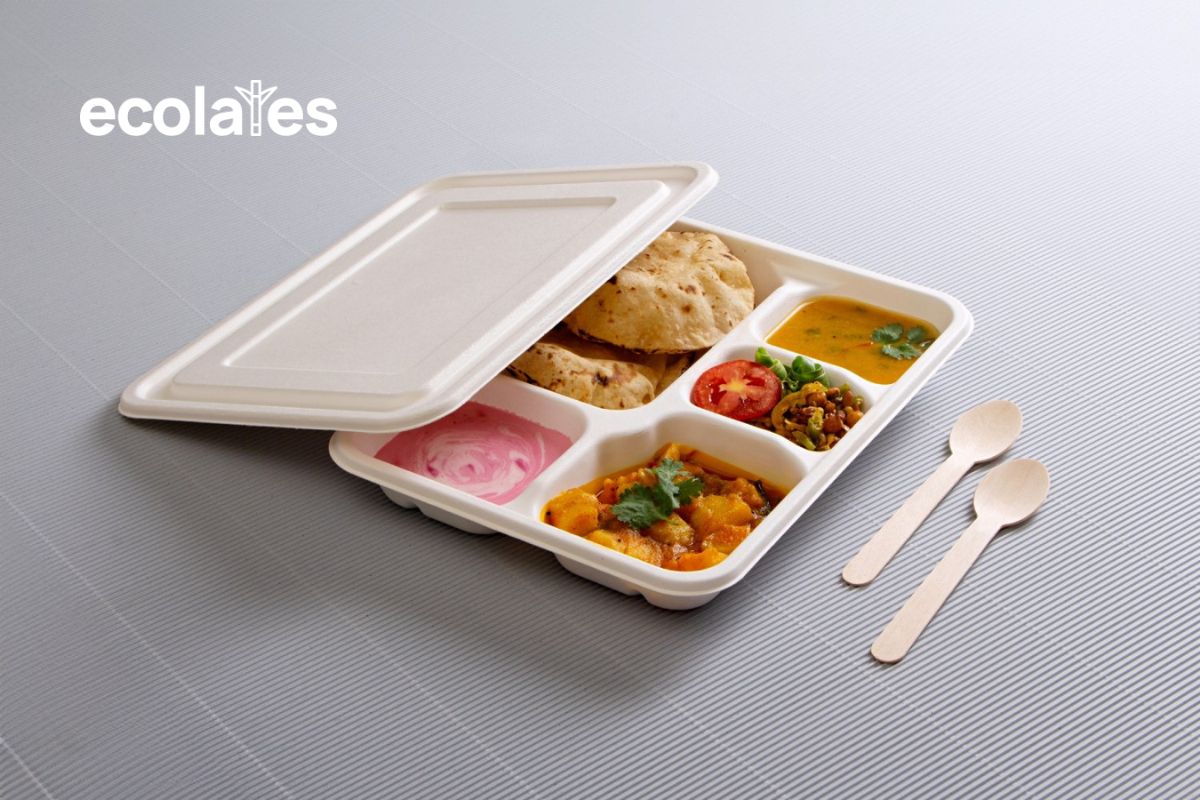Introduction
Sugarcane, known for its sweet and succulent stalks that yield sugar, also offers a byproduct
known as bagasse. Sugarcane bagasse, often overlooked, is a versatile and sustainable
resource with various applications across multiple industries. In this article, we will explore the
potential of sugarcane bagasse and how it contributes to a more eco-friendly and resourceful
world.
What is Sugarcane Bagasse?
Before delving into its applications, let’s understand what sugarcane bagasse is. Sugarcane
bagasse is the fibrous residue that remains after sugarcane stalks are crushed to extract their
juice. It is primarily composed of cellulose, hemicellulose, and lignin, making it an abundant and
renewable biomass resource.
The Eco-Friendly Nature of Sugarcane Bagasse
Biodegradability
One of the most significant advantages of sugarcane bagasse is its biodegradability. Unlike
synthetic materials, bagasse decomposes naturally, reducing environmental pollution and the
burden on landfills.
Renewable Resource
Sugarcane is a perennial crop that regrows after each harvest, ensuring a continuous supply of
bagasse. This renewable aspect makes it an attractive alternative to finite resources.
Carbon Neutrality
The carbon footprint of sugarcane bagasse is minimal. As sugarcane grows, it absorbs carbon
dioxide from the atmosphere, offsetting emissions produced during its processing.
Applications of Sugarcane Bagasse
Now, let’s explore the diverse applications of sugarcane bagasse across various industries.
Agriculture
Sugarcane bagasse is a valuable organic fertilizer due to its rich carbon content. It enhances
soil quality, improves moisture retention, and promotes healthy plant growth.
Pulp and Paper Industry
In the pulp and paper industry, bagasse is used to produce high-quality paper products. Its
fibrous composition makes it an excellent raw material for manufacturing paper and cardboard.
Biofuel Production
The cellulose content in sugarcane bagasse makes it an ideal feedstock for biofuel production.
It can be converted into bioethanol, reducing our reliance on fossil fuels.
Building Materials
Bagasse can be processed to create eco-friendly building materials, such as particleboard and
insulation, offering a sustainable alternative to traditional construction materials.
Food Packaging
With the increasing demand for eco-friendly packaging, bagasse-based containers and utensils
are gaining popularity. They are biodegradable and a practical choice for sustainable food
packaging.
Animal Feed
Sugarcane bagasse can be used as a component in animal feed, providing essential fiber and
nutrients to livestock.
Energy Generation
In some regions, bagasse is used as a fuel source for cogeneration facilities. This process not only generates electricity for sugarcane mills but also feeds excess energy into the grid.
The versatility and sustainability of sugarcane bagasse make it a promising resource for the future. As industries continue to prioritize eco-friendly practices and renewable resources, the demand for bagasse-based products is likely to rise.
Conclusion
Sugarcane bagasse, often considered a waste product, holds immense potential in contributing
to a greener and more sustainable world. Its applications in agriculture, industry, and energy
production showcase its versatility and eco-friendly attributes. Embracing sugarcane bagasse
as a valuable resource can lead us toward a more sustainable and environmentally conscious
future.
